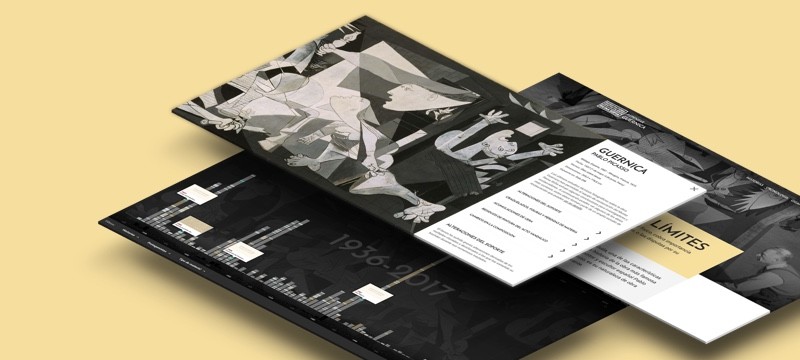Picasso: 12 Masterworks, Museum of Modern Art, New York, 1955
Alfred H. Barr Jr., aware that a healthy group of Pablo Picasso works conserved on loan at the Museum of Modern Art (MoMA), New York, among them Guernica, was going to be sent to Paris and later to three German cities from May 1955 onwards, organised a minimal yet strategic exhibition. The said show featured twelve recently acquired masterworks by the artist, bidding a short-term farewell to a significant number of pieces, particularly Guernica. The exhibition also coincided with a juncture in which MoMA was slotting into place an effective international museum policy, which primarily searched for alliances with European institutions.
For Alfred H. Barr Jr., the then director of the MoMA Collections Department, the relevance of the exhibition Picasso: 12 Masterworks (16 March - 24 April 1955) was museum related. On one side, the museum had purchased Picasso’s aquatint Woman at the Window in 1952, the same year as its creation, to expand the collection of works by the artist. And on the other, the exhibition was organised inside the framework of a set of recently acquired works by other European artists, among them Henri Matisse, Alberto Giacometti and Gerhard Marcks, in addition to Yves Tanguy, who was born in France but became a US citizen in 1948, before passing away in January 1955. This display of European art occurred in the wake left by the work of American artists comprising American Art in the Twentieth Century, an exhibition organised by MoMA which toured different museums in Europe, fulfilling its role of pedagogy and diplomacy between nations in the process of political and material reconstruction within the backdrop of the Cold War. Another example along these lines and coinciding in time was the major international touring exhibition The Family of Man, also conceived and produced at the New York museum.
The exhibition of the twelve Picasso masterpieces was taken to be synonymous with a temporary farewell to and recognition of the artist. Yet other interpretations point to it being a gesture by MoMA to recall the collecting and repository role of an eminent group of works that would be loaned for over six months. The show, made up of pieces already found in the museum, served as both an attraction and reminder to the public, an ‘express’ exhibition for a visitor inserted inside mass culture, the chance to see and survey, now synthetically, the different periods and styles of Picasso: from Les Demoiselles d'Avignon (1907), Ma Jolie (1911-1912), Three Musicians (1921), Two Women Running on the Beach (The Race) (1922), The Pan Flute (1923), The Three Dancers (1925), The Studio (1927–1928), Girl Before a Mirror (1932), Minotauromachy (1935), Guernica (1937), Night Fishing at Antibes (1939), and running up to Woman at the Window (1952).



